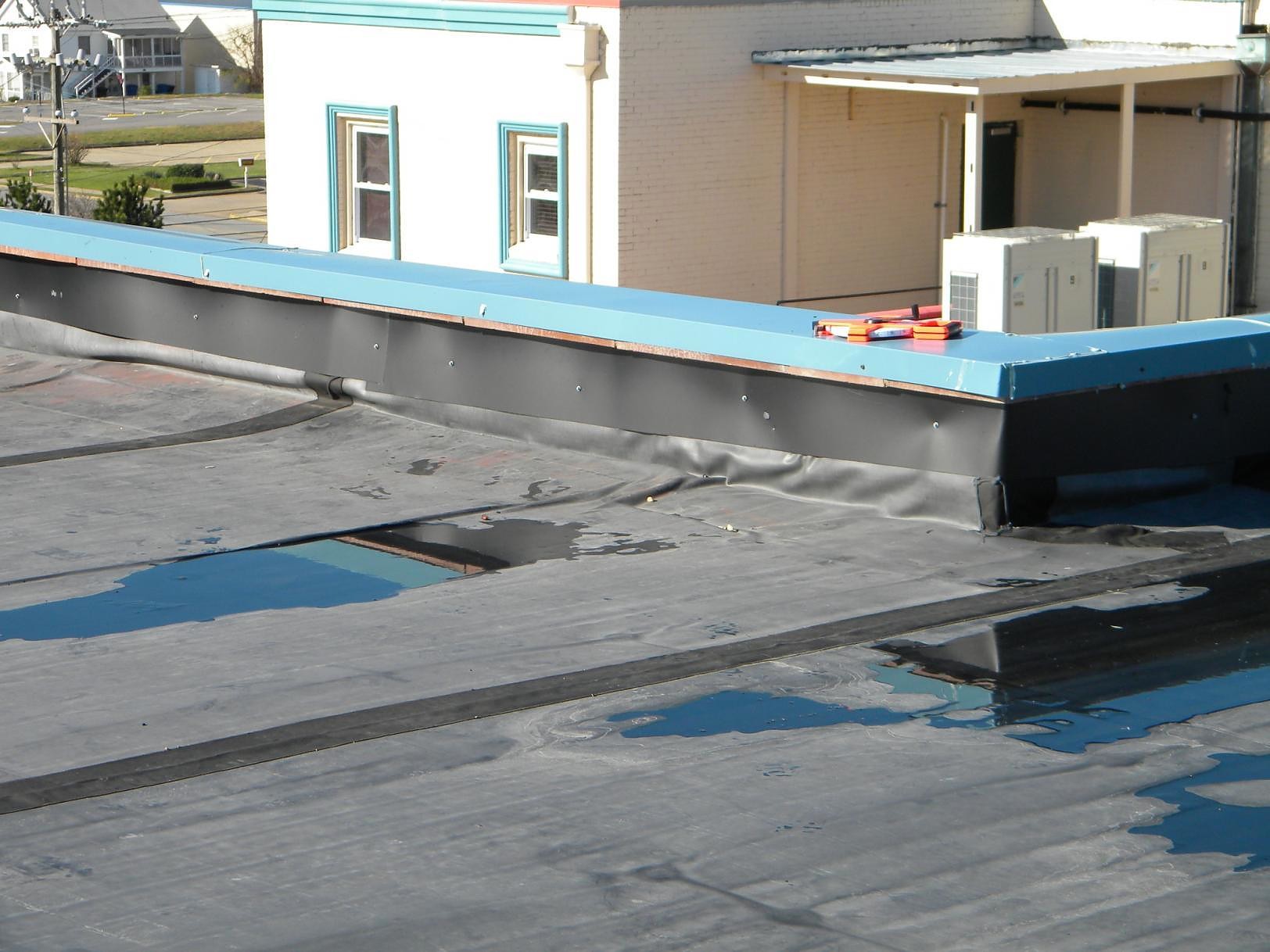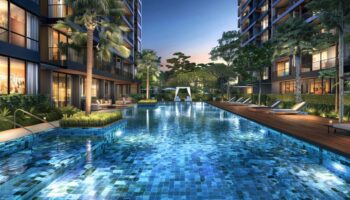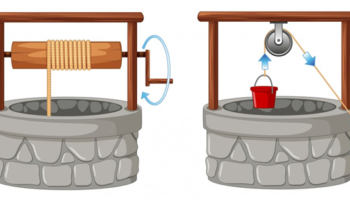Flat roofing is a type of roof that covers the building’s structure. It is also known as a tiled or asphalt shingle roof and has a low pitch. Flat roofs are usually found on residential homes, commercial buildings, industrial buildings and warehouses. Most flat roofs are made of concrete or similar materials and they come in different sizes and shapes to suit different needs.
The basics of flat roofing
Flat roofs can be made out of different materials such as concrete, clay tiles or rubber membranes. These materials have their advantages and disadvantages but they all have one thing in common: they are designed not to collect water. This means that you will not have any problems with leaks when your roof gets old because it does not collect water like other types of roofs do. You also need less maintenance for these types of roofs since there are no valleys or troughs for water to collect in which means that there is less chance for mold growth or mildew on your roof if you don’t clean it regularly enough.
Flat roofing is the most common type of roofing in the world. More than 90% of all roofs are flat. The vast majority of these are built with asphalt shingles, which have been around for more than 100 years.
But as you might imagine, there are plenty of other options for flat roofs. You may be surprised at how many different types there are and how many different materials they use.
There are two main types of flat roofs:
- Built-up roofing (BUR)
- Single-ply membrane roofing
A flat roof is a type of roof which has no slope. A flat roof can be constructed in many ways, and is often used on commercial buildings such as warehouses, factories and retail stores. The most common type of flat roof is a single-ply membrane made from EPDM rubber.
A flat roof is usually built with a drainage system to help prevent water damage to the building below. The most common type of flat roof is a single-ply membrane made from EPDM rubber. It has good resistance to ultraviolet rays and extreme weather conditions. The membrane should be installed over a waterproofing barrier that sits between the joists or beams supporting the structure above.
Flat roofs can last for decades if properly maintained. You have several options when choosing materials for your flat roofing project: EPDM rubber, TPO (thermoplastic polyolefin), PVC (polyvinyl chloride), PVDF (polyvinylidene fluoride) or TPO/PVC blends. Each option has its own benefits and drawbacks depending on your needs and budget requirements. To know more on Leamington Spa flat roofing, contact us.







